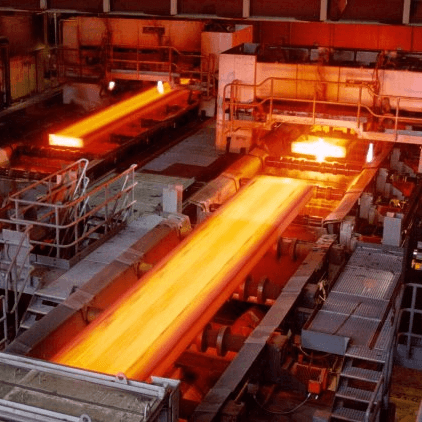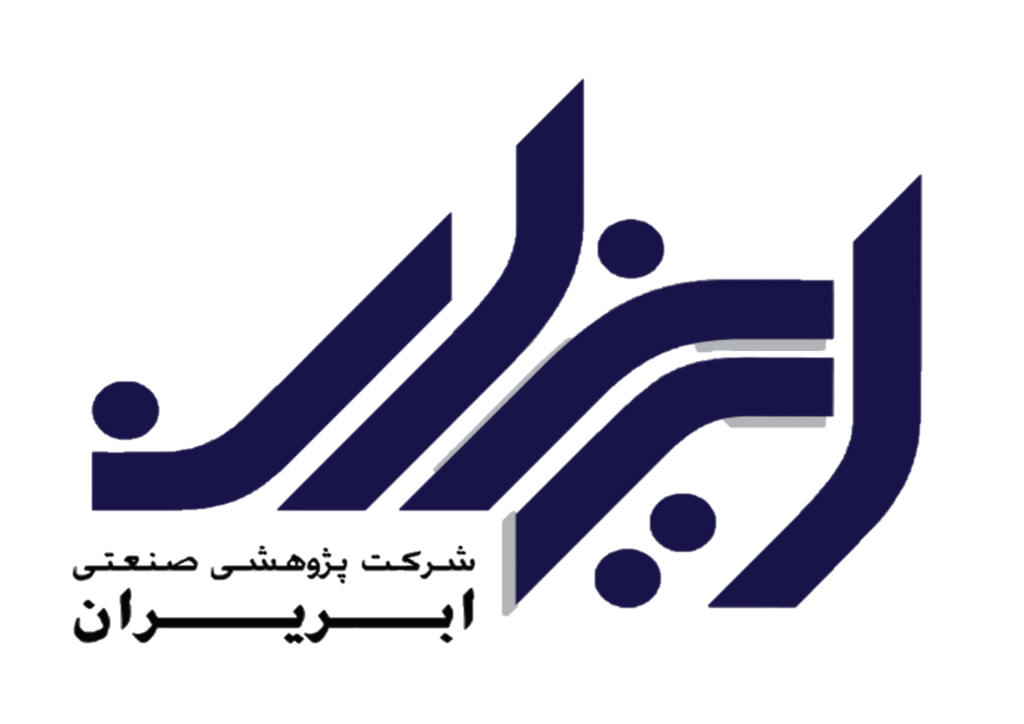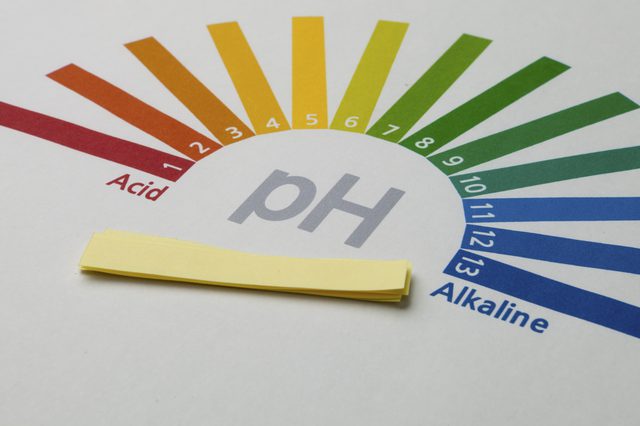

Iron and steel have both played an important role in the development of human civilisation over several millennia and have found uses in agriculture, construction, the generation and distribution of power, the manufacturing of machinery and equipment, in the household and in medicine.
Together with coal and cotton, iron and steel were the principal materials upon which the industrial revolution was based. Technical developments from the early eighteenth century onwards allowed dramatic increases in output, for example by replacing relatively scarce charcoal with hard coal/lignite and coke and by the development of the puddling process for converting hot metal into steel.
The world steel production has increased considerably since 2000 and exceeded 1000 million tonnes for the first time in 2004. In 2006 world steel production rose to a world total of more than 1200 million tonnes (see Figure 1.1). The main reason is that the steel production in China increased from 127 million tonnes to 421 million tonnes in 2006.
EU production of crude steel grew at a rate of 1.2 % per year between 1985 and 1994 in terms of volume. Growth was more rapid in the three years from 1986 – 1989 (3.7 % per year). Subsequently, production in the EU-12 declined from 140 million tonnes to 132 million tonnes in 1992 and 1993, before recovering to reach 139 million tonnes in 1994 and 143 million tonnes in 1995. The entry of Austria, Finland and Sweden into the EU brought EU production of crude steel up to 156 million tonnes in 1995. Since the year 2000, the crude steel production has increased worldwide. In 2006, the production of crude steel in the EU was 198 million tonnes, compared with Russia at 120 million tonnes and Japan, the US and China at 116, 99 and 421
million tonnes, respectively.
Steelmaking process
[ 60, Hille et al. 1997 ] [ 200, Commission 2001 ]Four routes are currently used worldwide for the production of steel: the classic blast furnace/basic oxygen furnace route, the direct melting of scrap (electric arc furnace), smelting reduction and direct reduction (see Figure 1.4).
In 2006, the steel production in the EU-27 was based on the blast furnace/basic oxygen route (approximately 59.8 %) and the electric arc furnace (EAF) route (approximately 40.2 %) (see Table 1.4 and Table 1.5). The percentage of world crude steel production via direct reduction (DR) was about 6.8 % in 2006 which corresponds to 59.8 million tonnes direct reduced iron (DRI). Taking into consideration scheduled DRI production sites, the world DRI production will increase to 80 million tonnes by 2010. In Europe, the production of DRI was limited to 704.000 tonnes in 2006 (58.0000 tonnes in Germany and 12.4000 tonnes Sweden), which represented approximately 1.5 % of world output. Consumption of DRI in EAF steelmaking was reported to be 1.523 million tonnes per year in the EU-27 in 2006.
Process overview
The process routes of an integrated steelworks considered in this BREF are shown in Figure 1.6. This figure gives a schematic view of the main material inputs and outputs of process-related emissions and residues for each stage of the process route.
In an integrated steelworks, the blast furnace is the main operational unit where the primary reduction of oxide ores takes place leading to liquid iron, also called ‘hot metal’. Modern highperformance blast furnaces require physical and metallurgical preparation of the burden. The two types of iron ore preparation plants are the sinter plants and the pellet plants. Pellets are nearly always made from one well-defined iron ore or concentrate at the mine and are transported in this form. In Europe, there is only one integrated steelworks also operating a pelletisation plant. Sinter is generally produced at the ironworks from pre-designed mixtures of
fine ores, residues and additives.
The main reducing agents in a blast furnace are coke and pulverised coal forming carbon monoxide and hydrogen which reduce the iron oxides. Coke and coal also partly act as a fuel.
Coke is produced from coal by means of dry distillation in a coke oven and has better physical and chemical characteristics than coal. In many cases, additional reducing agents/fuels are
supplied by the injection of oil, natural gas and (in a few cases) plastics. A hot blast provides the necessary oxygen to form the carbon monoxide (CO), which is the basic reducing agent for the iron oxides.
The blast furnace is charged from the top with a burden. This consists of alternate layers of coke and a mixture of sinter and/or pellets, lump ore and fluxes. In the furnace, the iron ore is increasingly reduced and liquid iron and slag are collected at the bottom of the furnace, where they are tapped from.
The slag from the blast furnace is granulated, pelletised, or tapped into slag pits. The slag granules or pellets are usually sold to cement manufacturing companies. Slag from pits can also be used in road construction.
The liquid iron from the blast furnace (hot metal) is transported to a basic oxygen furnace, where the carbon content (approximately 4 %) is lowered to less than 1 %, thereby resulting in steel. Upstream ladle desulphurisation of the hot metal and downstream ladle metallurgy of the steel is generally applied in order to produce steel with the required quality. On leaving the basic oxygen furnace, the liquid steel is cast either into ingots or by means of continuous casting. In some cases vacuum degassing is applied in order to further improve the quality of the steel.
Casting products, whether ingots, slabs, billets or blooms, are subsequently processed in rolling mills and product finishing lines in order to prepare them for the market.

